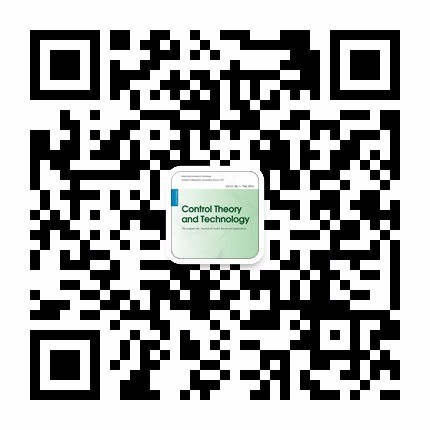| This Paper:Browse 418 Download 0 |

码上扫一扫! |
| Self-supervised segmentation using synthetic datasets via L-system |
| JuntaoHuang1,2,XianhuiWu1,2,HongshengQi1,2 |
|
|
| (1 School of Mathematical Sciences, University of Chinese Academy of Sciences, Beijing 100049, China
2 Academy of Mathematics and Systems Science, Chinese Academy of Sciences, Beijing 100190, China) |
|
| 摘要: |
| Vessel segmentation plays a crucial role in the diagnosis of many diseases, as well as assisting surgery.With the development
of deep learning, many segmentation methods have been proposed, and the results have become more and more accurate.
However, most of these methods are based on supervised learning, which require a large amount of labeled data as training
data. To overcome this shortcoming, unsupervised and self-supervisedmethods have also received increasing attention. In this
paper, we generate a synthetic training datasets through L-system, and utilize adversarial learning to narrow the distribution
difference between the generated data and the real data to obtain the ultimate network. Our method achieves state-of-the-art
(SOTA) results on X-ray angiography artery disease (XCAD) by a large margin of nearly 10.4%. |
| 关键词: L-system · Adversarial learning · Vessel segmentation |
| DOI:https://doi.org/10.1007/s11768-023-00151-0 |
|
| 基金项目:This work was supported in part by the National Key Research and Development Program of China (No. 2022YFA1004703) and the National Natural Science Foundation of China (No. 61873262). |
|
| Self-supervised segmentation using synthetic datasets via L-system |
|
| () |
| Abstract: |
| Vessel segmentation plays a crucial role in the diagnosis of many diseases, as well as assisting surgery.With the development
of deep learning, many segmentation methods have been proposed, and the results have become more and more accurate.
However, most of these methods are based on supervised learning, which require a large amount of labeled data as training
data. To overcome this shortcoming, unsupervised and self-supervisedmethods have also received increasing attention. In this
paper, we generate a synthetic training datasets through L-system, and utilize adversarial learning to narrow the distribution
difference between the generated data and the real data to obtain the ultimate network. Our method achieves state-of-the-art
(SOTA) results on X-ray angiography artery disease (XCAD) by a large margin of nearly 10.4%. |
| Key words: L-system · Adversarial learning · Vessel segmentation |

